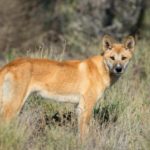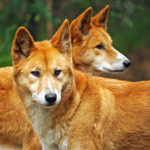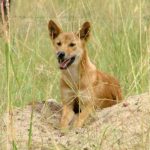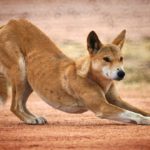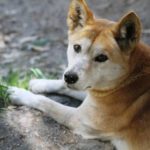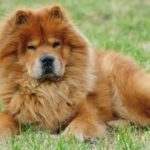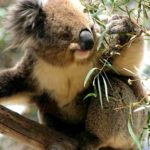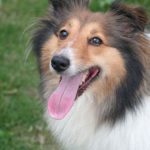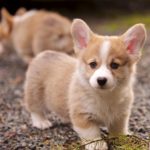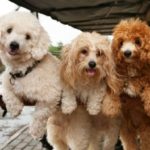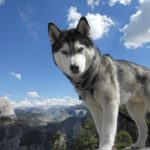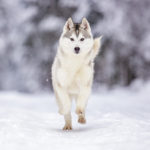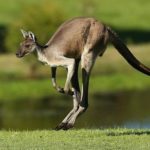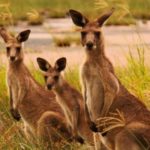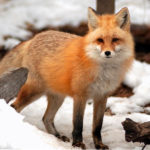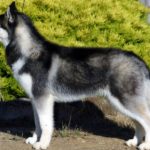Dingo Dog – Description and Lifestyle
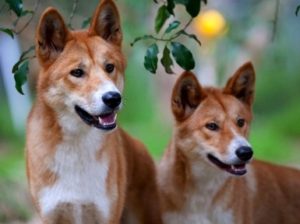 At the word the dog immediately arises a beloved friend of a person, executing orders and whims. But Dingo is not just a dog, but a wild dog. And she belongs to a special subspecies – Dingo. Aborigines call these dogs “Tingo” and now we say that they are Dingo dogs, which is more usual for our hearing.
At the word the dog immediately arises a beloved friend of a person, executing orders and whims. But Dingo is not just a dog, but a wild dog. And she belongs to a special subspecies – Dingo. Aborigines call these dogs “Tingo” and now we say that they are Dingo dogs, which is more usual for our hearing.
It turns out that over time this animal was wild for the second time and before the arrival of Europeans was the only placental predator in all of Australia.
We want to invite you to learn about Dingo – this interesting animal of Australia. After all, often when the name of this continent comes to mind one animal – the Australian kangaroo. But on the continent there are other animals that live and are the hallmark of this region. Everyone has heard that this place is famous for the wild Dingo dogs. But few people know what they are famous for.
The fossilized remains of the skeleton prove that they came to the continent about 3450 years ago. Therefore, it cannot be argued that dogs were brought here by Europeans. Most likely, this species came to Australia from the Malaysian archipelago. There, among favorable conditions for living, the species began to breed and without people it went wild again. It is suspected that this Dingo led to the extinction of the marsupial wolves and devils on the continent. After all, wild dogs hunt in packs, and few of the animal world can compete with them in the hunt. From these organized predators, many animals of Australia are constantly suffering.
See how beautiful these animals are. The body reminds us of hounds. And their muzzle is square, with erect small ears. A beautiful saber-like fluffy tail attracts attention. Thick, but short fur with a rusty red color helps to be invisible and hunts in these places. There are other types of color in animals – from black and tan to gray-white. Therefore, it is believed that Dingo crossed with German shepherds. Getting to know a purebred animal is very simple. After all, wild individuals have a distinctive feature. They absolutely cannot bark. And only howl and growl like wolves.
They hunt most often at night in forests and thickets. Common rabbits become food. But they can attack wallabies, marsupial badgers and mice, kangaroos, possums and rats. They can also catch birds, insects, reptiles. Do not disdain and carrion. If there is a farm nearby, then they attack livestock. Attacks on livestock are often for the sake of hunting. After all, only 4% of the caught sheep are eaten, and the rest of the Dingos are simply cut and thrown. Because of this, local farmers are killing wild dogs.
Animals live in a flock of 3 to 12 individuals. Young growth can live separately and join the pack only for hunting large animals. Therefore, if you see in one place up to a hundred animals above the carrion, then know that this pack will soon decay. Since childhood, Dingo is extremely careful. Their agility, mobility and quick wits are noticed. They do not fall into traps and do not eat poisoned baits. Due to their excellent hearing and vision, they can know in advance about the approach of other animals or humans. Only brought dogs and jackals can counter them. For Dingo babies, large birds of prey pose a danger.
Parents arrange a den for their kids among the roots of trees, in caves, or dig holes near a reservoir. Only the dominant pair can bring offspring. Most often it is 6 or 8 puppies. The rest of the litter from other couples is killed. Babies are born blind and covered in hair. From 3 weeks old puppies can go outdoors. After 8 weeks, milk feeding ends. Now all the members of the pack take care of the babies. Adults bring and burp water and food for puppies. From 3 months, puppies begin to learn how to hunt and become independent.
Domestic dogs and wild Dingos easily interbreed. Therefore, they are trying to destroy offspring. After all, the offspring is aggressive and can give offspring of puppies 2 times a year – wild Dingoes breed 1 time per year.
To protect their farms from the attacks of Dingo and the ubiquitous rabbits, people stretched out a mesh fence over a vast territory. And the emu and kangaroo ostriches constantly break through the net. The state spends a large amount on the protection and repair of this fence. But still, Dingo finds a way and exits through the barriers. Although breeders feel the harm from wild dogs, they recognize that without the Dingo population, there will be more damage to farm pastures by rabbits and kangaroos.
